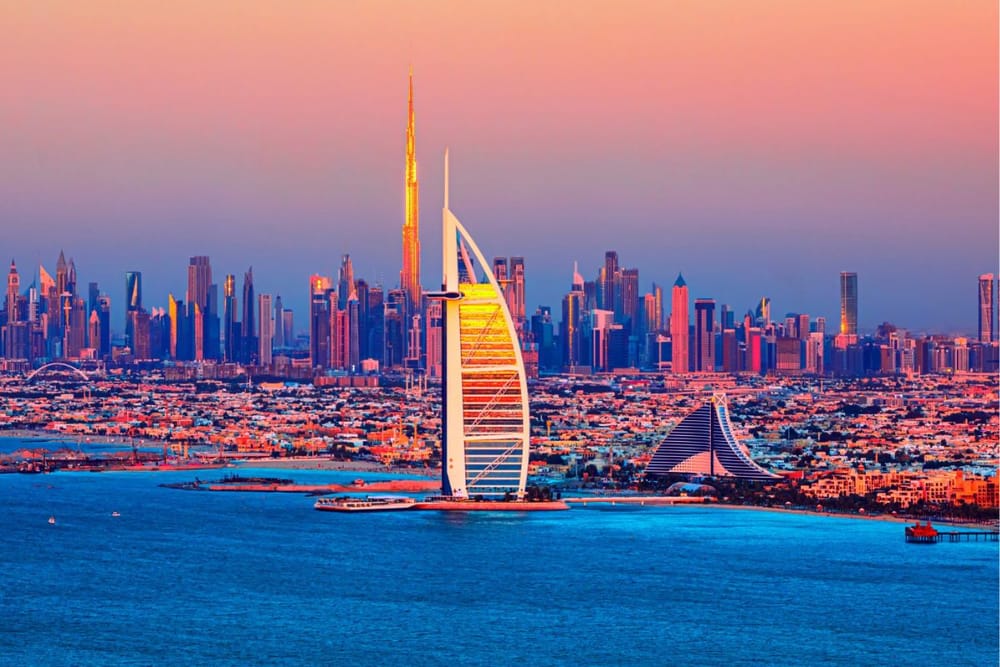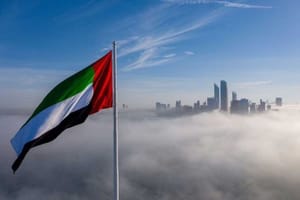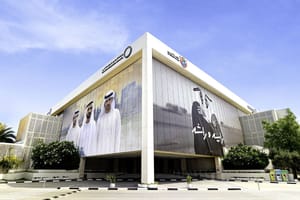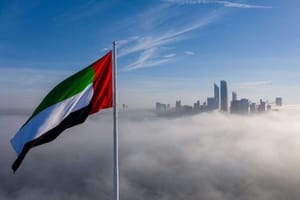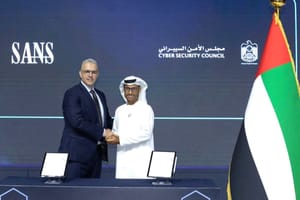The BRICS bloc, once a loose alliance of emerging economies, is transforming into a major economic powerhouse, wielding substantial wealth and influence on the global stage.
With the inclusion of new members from the Middle East and North Africa, the BRICS cohort now represents over 45 per cent of the world’s population and contributes nearly 36 per cent of global GDP, surpassing the G7’s contribution when adjusted for purchasing power.
According to a new report by Henley & Partners and New World Wealth. BRICS nations now hold a staggering amount of wealth.
BRICS bloc wealth to rise further
The total investable wealth held by these countries currently stands at $45tn, with a predicted 85 per cent rise in their millionaire population over the next decade.
China leads the pack with 862,400 millionaires, followed closely by India and the UAE. Even nations like Ethiopia, facing economic challenges, boast significant private wealth.
Commenting in the BRICS Wealth Report, leading personal finance and investment expert Jeff D Opdyke says
“nations once considered ‘developing’ or ‘emerging’ or the pejorative ‘third world’ are now dynamic economies that are changing the global order. Economically, non-Western nations — with BRICS at the vanguard — are pushing the globe into a new reality: An emerging economic, social, and monetary status quo that is upending what the world has accepted as normal for nearly eight decades.”
Dr José Caballero, senior economist at the IMD World Competitiveness Center in Switzerland points out in the report,
“BRICS as an organisation offers a set of dynamic markets with relatively stable political systems that could influence the future of the global economy. The strength of these economies lies for some in the dynamism of their SMEs sectors and for others in the agility of their political systems. As an intergovernmental organization, therefore, the members of the expanded BRICS complement one other, which in turn ensures the sustainability of their creation of wealth.”
When it comes to the Middle East, the report revealed that the UAE’s millionaire population has also shot up since 2013, by 77 per cent, and the Middle East’s leading wealth hub is now home to 116,500 millionaires, including over 300 centis.
The past decade has also seen robust private wealth growth in Saudi Arabia and Ethiopia, with their millionaire populations rising by 35 per cent and 30 per cent, respectively.
Top 10 wealthiest BRICS cities
China lays claim to five of the Top 10 wealthiest cities in the grouping, with its capital Beijing securing top billing as the wealthiest BRICS city. It’s home to 125,600 millionaires, including 347 centi-millionaires and 42 billionaires.
Shanghai is next with 123,400 resident high-net-worth individuals (HNWIs), of whom 322 are centis and 39 are billionaires.
The other three Chinese cities on the list are Shenzhen (fifth place with 50,300 millionaires), Hangzhou (sixth place with 31,600), and Guangzhou (ninth place with 24,500).
The UAE and India each have two cities in the top 10 list. Dubai is in third place, living up to its reputation as the ‘City of Gold’ with 72,500 millionaires making it their home, of whom 212 are centi-millionaires and 15 are billionaires.
Abu Dhabi sits in tenth place with 22,700 resident millionaires (including 68 centis and five billionaires).
Mumbai comes in fourth place with 58,800 resident millionaires (236 centis and 29 billionaires among them) and its national capital Delhi ranks seventh (home to 31,000 millionaires, including 123 centis and 16 billionaires).
Moscow follows in eighth place (30,300 millionaires, with 207 centis and 23 billionaires). It is the only top 10 city with a declining millionaire population over the past decade.
The Russian Federation’s capital saw a 24 per cent drop in HNWIs while the rest of the wealthiest cities in BRICS have all enjoyed significant private wealth growth of between 75 per cent (Abu Dhabi) and — in the case of Shenzhen — an astonishing 140 per cent more millionaires than in 2013.
Cities expected to make the list
Cities expected to make the list in the future include Bengaluru, which is currently home to approximately 13,200 millionaires. This number is projected to reach over 30,000 by 2033, making it one of the fastest-growing cities in the BRICS bloc, with forecast wealth growth of 125 per cent over the next 10 years.
Head of Research at New World Wealth, Andrew Amoils, says Sharjah in the UAE and Saudi’s Riyadh and Jeddah are also cities to watch.
“Despite accounting for far less private wealth than Dubai and Abu Dhabi, Sharjah’s millionaire population is growing at a slightly faster rate than both these cities in percentage growth terms. There are currently 4,100 HNWIs living in the emirate and this number is projected to reach over 9,000 by 2033, a growth of 120 per cent. Likewise, Jeddah and Saudi capital Riyadh look set to enjoy a millionaire boom with growth rates of 100 per cent and 90 per cent forecast over the next decade,”
said Amoils.
He added that South Africa’s ‘Mother City’ Cape Town is also expected to see an influx of HNWIs, with its current 7,400 millionaire population set to swell by 85 per cent over the next 10 years to 13,500 in 2033.
Even though BRICS now controls more of the world’s GDP PPP than the G7, its citizens have significantly less economic mobility than those residing in the most advanced economies. According to the Henley Passport Power Index, the average percentage of global GDP that passport holders from BRICS countries can access visa-free is just 21 per centcompared to those from G7 nations who collectively enjoy access to over 80 per cent of global GDP on average without requiring a prior visa.
News Source: Gulf Business
